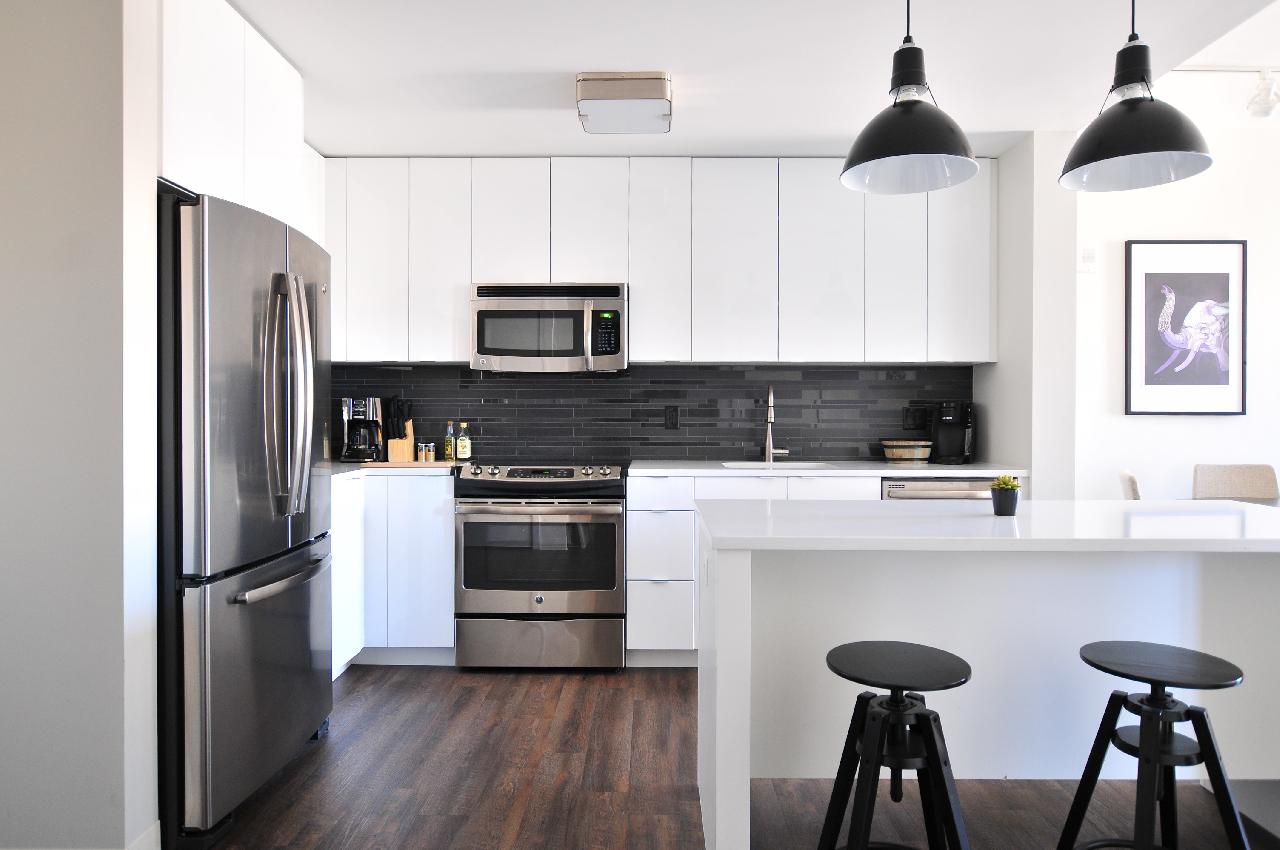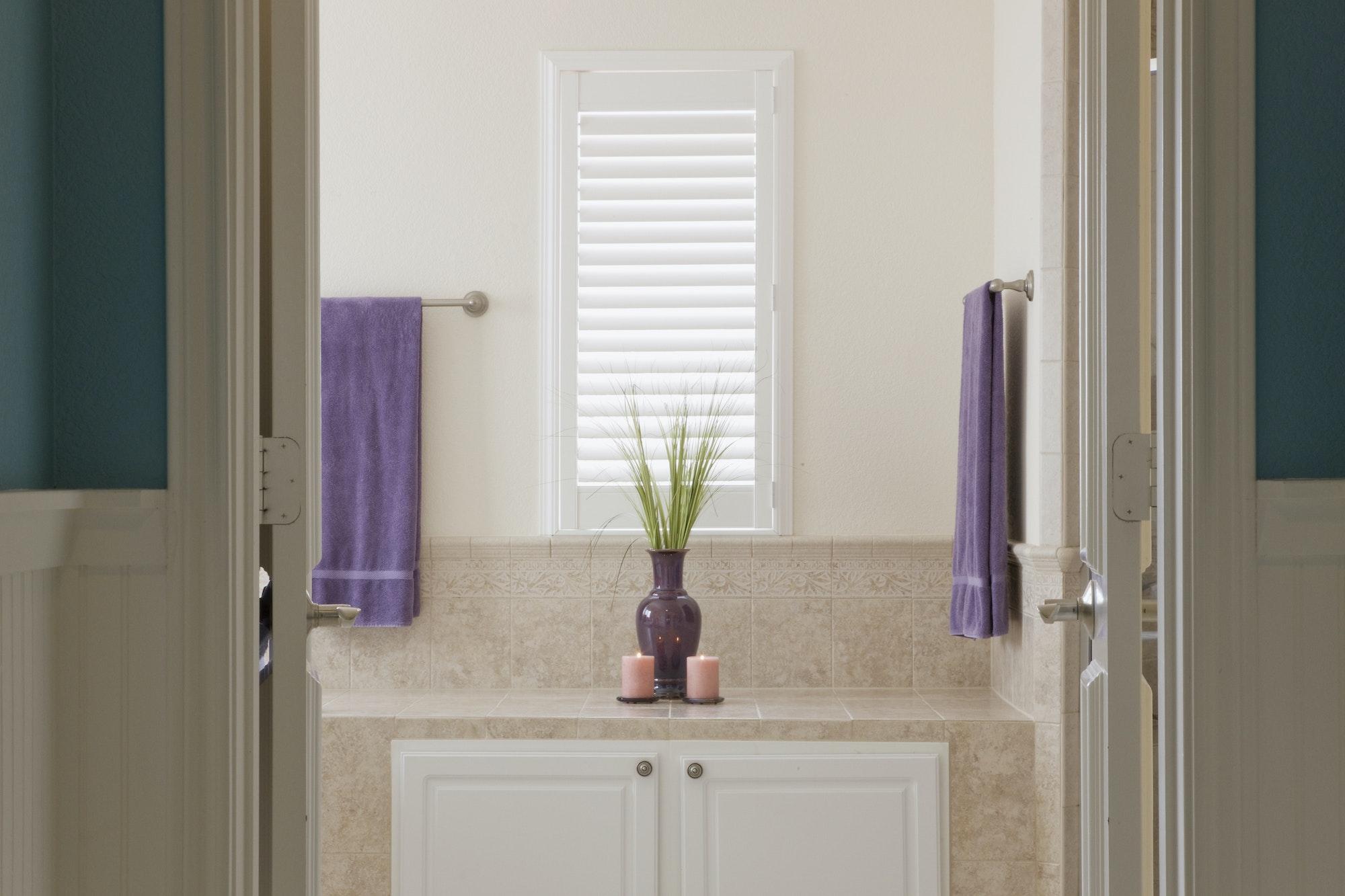Technology is taking over most aspects of our daily lives including education, health, and more recently in running our homes. Smart homes such as these furnished condos in Los Angeles are living spaces that use internet-connected devices to remotely monitor and manage processes, including heating, lighting, security, and general home maintenance.
The first smart homes can be traced back to the early 2000s. Since then, the sector has seen accelerated growth in design and functionality thanks to a dynamic tech world.
Today, we will take a look at the seven biggest smart home trends to watch out for in 2022.
Security and access control
The future of home security lies in automation. This is one of the basic and must-have features for smart homes. Major security systems manufacturers are creating solutions that are simple to operate yet sophisticated enough to withstand cyber-attacks.
As we head into 2022, we expect to see security and access control systems that integrate the management of lighting, alarm, and closed-circuit cameras into a single interface.
As alarm systems become more sophisticated, functions like remote arming and motion sensors are expected to be standard features. Light simulation to depict the presence of people in a home is another exciting feature we expect to see grow in popularity in the coming year.
Smart appliances
Modern smart appliances come with functions such as autonomous control, voice control, and gesture control.
Alexa, Siri, and Google Assistant are already leading the race in terms of voice-assisted operations. Speakers such as Google Nest hub, Amazon Echo, and Sonos One are some of the appliances we expect to see in smart homes in 2022.
Modern smart TVs serve as central control systems over their traditional role of entertainment. Additional features like Alexa and Google Assistant in smart TVs mean heating and lighting can be controlled from your TV.
Smart appliances also extend to the kitchen and bathrooms. Expect to see microwaves and ovens with built-in cameras that let you monitor your food as it cooks.
Self-cleaning toilets and autonomous heat-adjusting showers are other major innovations we expect to become more commonplace next year.
Energy efficiency
Smart homes typically are meant to be energy efficient.
Going into 2022, we expect to see smart homes make more use of green energy. We already have smart lighting that only illuminates occupied spaces. 2022 promises more innovations in energy savings through lighting systems that adjust light intensity based on room conditions. For instance, dimming the lights when the TV is turned on.
Occupancy sensors
Occupancy sensors are monitoring systems that detect when space is occupied and effectively turn on lights and heating.
Also, they detect when a space is unoccupied and automatically switch lights and other gadgets off.
Going into 2022, it’s expected that occupancy sensors will have the ability to learn movement patterns, and from this be able to distinguish different individuals. This feature can be integrated into security systems as a form of burglar detection.
Health management
Going into 2022, smart homes will have the ability to monitor and detect changes in our health.
Already, sleep monitoring devices integrated into smart homes can detect early signs of depression. If the Covid-19 pandemic has taught us one thing, it is that our body temperatures can act as pointers to many health conditions. It is expected that smart homes will have temperature monitoring systems as a standard feature.
Also, we can expect enhanced fitness gadgets that can track changes in our bodies and offer advice on a suitable diet.
Robotic helpers
Robotic vacuums are common features in most homes today. They operate autonomously and offer a hassle-free life. It is expected that the impact of robots in homes will increase in 2022 and beyond, helping with tasks such as cooking, babysitting, cleaning, and even monitoring our health conditions.
Smart light systems
Smart light systems are a core part of smart homes. They offer great savings in terms of energy efficiency. Modern light systems come equipped with several operating features including voice activation, gesture sensors, and remote activation.
2022 will see more refined features added to the lighting system.
For example, we are likely to see more homes with lights that autonomously adjust intensity based on the amount of light in the room.
Another exciting feature we expect to see is light simulation effects, which come as a security feature for homes that are left unattended for long periods.
Conclusion
The future for smart homes is bright and green. Original equipment manufacturers are winning the race against time to develop gadgets that are energy-efficient, sustainable, and adhere to regulations on privacy and data protection.
Future smart homes will run almost autonomously.
From security and access control to preparing your favorite meal, smart homes are expected to handle these operations with minimal to no human involvement.
Discover more from Futurist Architecture
Subscribe to get the latest posts sent to your email.




